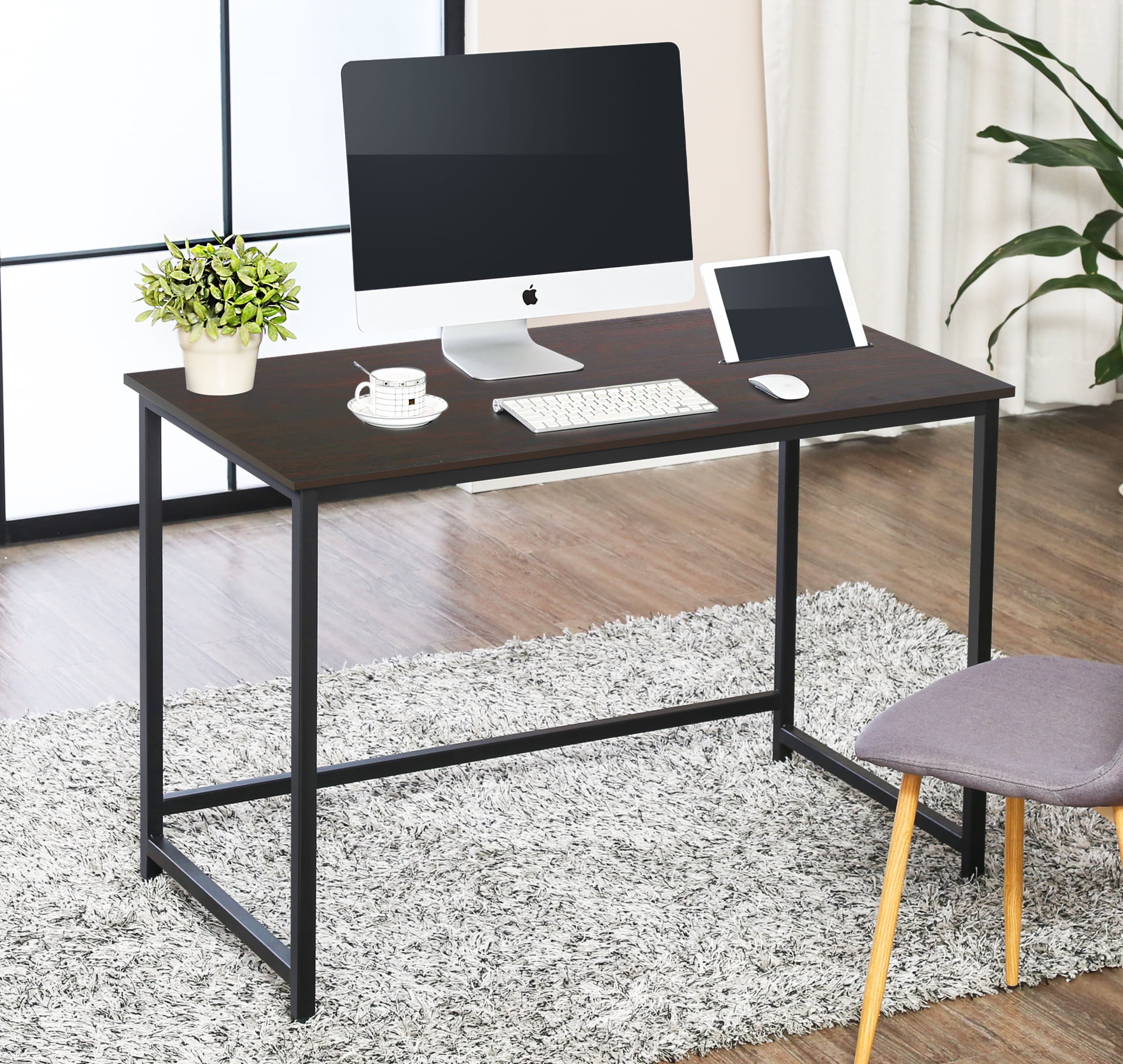Functionality and Ergonomics of Black Writing Desks and Chairs: Black Writing Desk And Chair

The functionality and ergonomics of a writing desk and chair setup significantly impact productivity and well-being. A poorly designed workspace can lead to discomfort, fatigue, and even long-term health issues. Conversely, a well-designed setup promotes comfort, efficiency, and a healthier posture, ultimately boosting productivity. Choosing the right desk and chair, and arranging them correctly, is crucial for optimizing your work environment.
Black writing desk and chair – The choice between different chair styles significantly affects ergonomic benefits. Pairing the right chair with a black writing desk is essential for maximizing comfort and minimizing strain during prolonged periods of sitting.
Ergonomic Chair Styles and Their Benefits
Task chairs and ergonomic chairs offer distinct advantages. Task chairs generally provide adjustable height and sometimes armrests, offering a degree of customization. However, ergonomic chairs often incorporate more advanced features designed to support proper posture and reduce strain. These features often include advanced lumbar support, adjustable headrests, and mechanisms for adjusting seat depth and tilt. The superior lumbar support in ergonomic chairs actively promotes healthy spinal alignment, reducing the risk of back pain. For example, a high-end ergonomic chair might feature a dynamic lumbar support system that adjusts to the user’s movements, while a basic task chair might only offer a fixed lumbar support pad. The adjustability of an ergonomic chair allows for personalization to accommodate individual body types and preferences, ensuring optimal comfort and support.
Features of a High-Quality Black Writing Desk
A high-quality black writing desk contributes significantly to a productive and comfortable workspace. Several key features should be considered when selecting a desk.
The following features contribute to the overall quality and functionality of a black writing desk:
- Durable Material: Solid wood, high-quality particleboard with veneer, or steel are durable options that resist wear and tear, ensuring longevity. Solid wood desks, for instance, offer exceptional durability and a classic aesthetic.
- Ample Workspace: Sufficient surface area provides ample room for a computer, paperwork, and other necessary items, preventing clutter and promoting efficient workflow.
- Storage Options: Drawers, shelves, or cabinets provide organized storage for documents, stationery, and other supplies, keeping the workspace clutter-free.
- Cable Management: Built-in cable management solutions or grommets help keep cables organized and out of sight, improving aesthetics and preventing tripping hazards.
- Ergonomic Design: A desk with an appropriate height and a slightly angled surface can help improve posture and reduce strain on the neck and back.
Workflow Optimization Plan for a Home Office, Black writing desk and chair
Optimizing your home office workflow involves strategic planning and implementation of ergonomic principles to maximize productivity and minimize strain.
Implementing these strategies can significantly improve your home office workflow:
- Strategic Desk Placement: Position your black writing desk near a window for natural light and an inspiring view, but avoid direct glare on your screen.
- Proper Chair Adjustment: Adjust your chair’s height, backrest, and armrests to ensure proper posture and support. Your feet should be flat on the floor, and your thighs should be parallel to the ground.
- Organized Workspace: Keep frequently used items within easy reach and less frequently used items stored neatly away. Utilize desk organizers, drawers, and shelves to maintain a clutter-free workspace.
- Effective Cable Management: Use cable ties, clips, or a cable management system to organize cables, preventing tangles and improving the overall aesthetic of your workspace.
- Regular Breaks: Take short breaks every hour to stretch, walk around, and rest your eyes to prevent fatigue and maintain focus.
